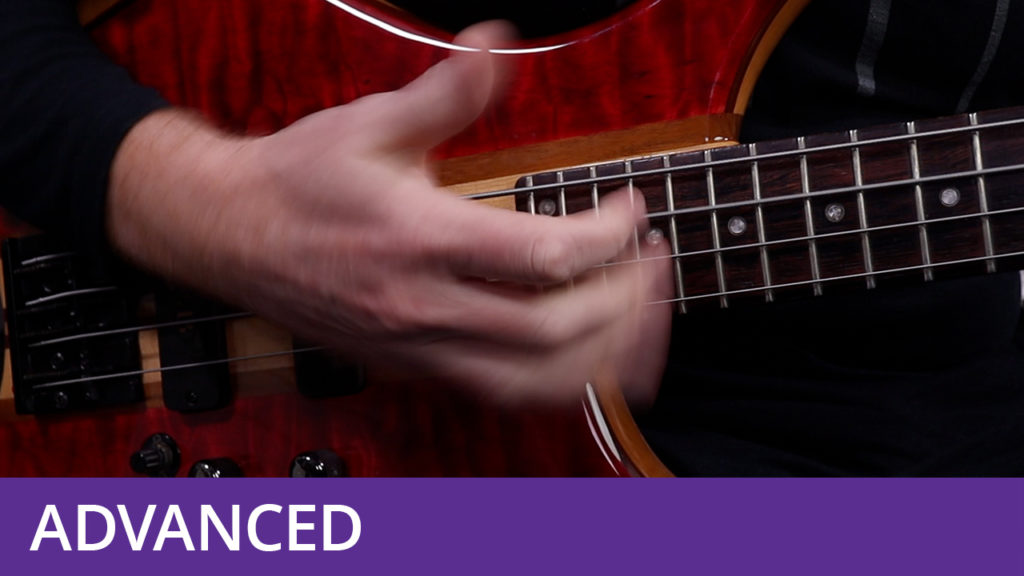Slap Bass – Double Thumbing (Part 2)
Course Duration: 1 Hour & 8 Minutes | Difficulty Level: 7
Now that the basics of double thumbing have been covered, it’s time to start adding some other parts of the slap technique into the mix. This course will cover the addition of popped notes into the double thumbing technique. You’ll find that the combination of down and up thumbstrokes combined with popped notes makes for a very versatile slap technique indeed. This course will also cover the three-note combination of down-up-pop to play triplets.
Don’t forget to hit the Download Resources button above in order to download the PDF worksheet and audio files for this course (available to subscribers only). The worksheet is available with TAB and without, for those who wish to give their reading skills a workout.



